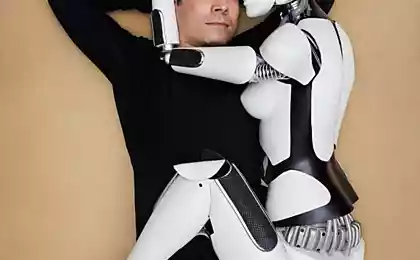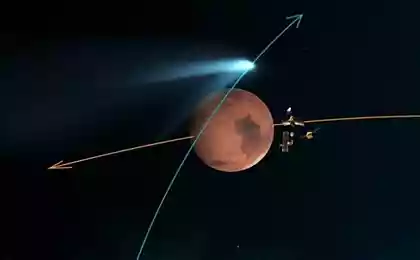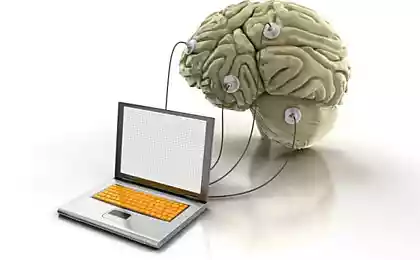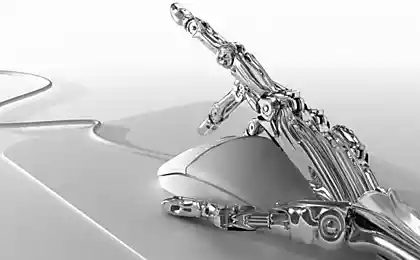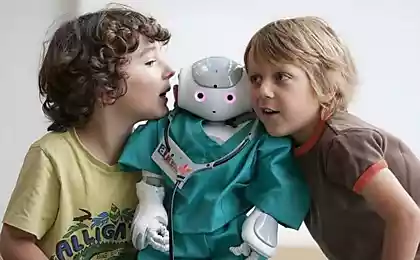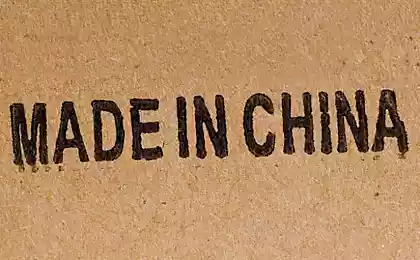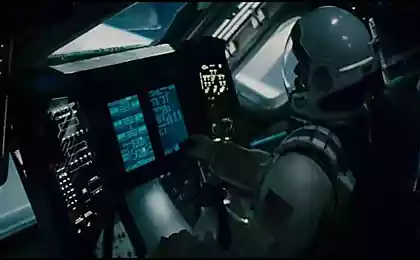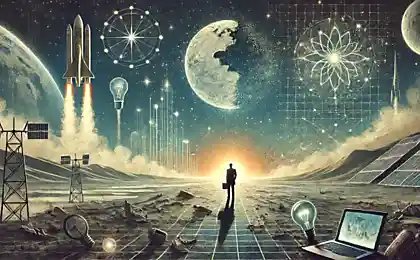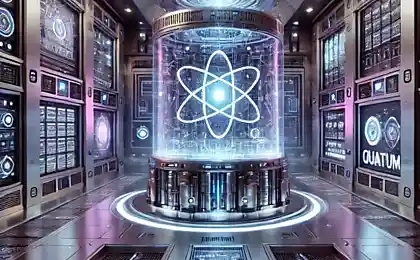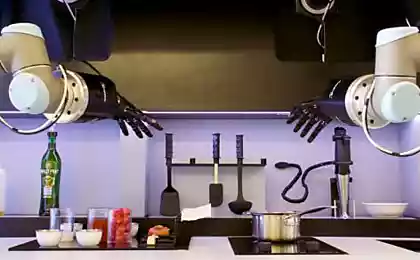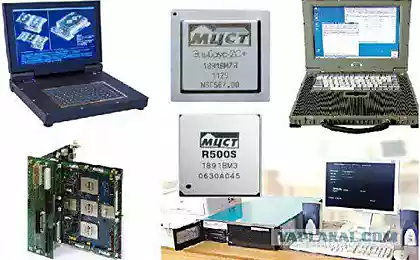550
What will computers look like in 100 years?
To say that computers evolve incredibly fast is to say nothing. As far back as 1965, Gordon Moore noted that the number of transistors that can fit on a silicon chip doubles every year. These manic rates have slowed down slightly - now doubling around once every two years.
Awareness of the dizzying speed at which computer technology advances has trickled into public consciousness. Who hasn’t heard the joke that if you buy a computer in a store, it will become obsolete by the time you take it home? What will happen to computers in the future?
Assuming that the production of microprocessors will live by Moore’s Law, the computing power of our computers should double every two years. In 100 years, computers will be 1,125,899,906,842,624 times more powerful than they are today. It's hard to imagine.
But even Gordon Moore himself warned that Moore's law would last so long. In 2005, an engineer said that transistors would reach atomic scales, and we would encounter fundamental barriers that we could not cross. Then we can't fit more transistors into a point in space.
Perhaps we can get around this barrier by building larger processor chips. But transistors generate heat, and hot processors cause the computer to shut down. Computers with fast processors need efficient cooling systems to avoid overheating. The larger the processor chip, the more heat the computer will generate when running at full speed.
Another tactic is to move to multi-core architecture. A multi-core processor distributes its computing power to each core. They do well on tasks that can be broken down into smaller components, but they do poorly on large computational tasks that cannot be broken down.
Computers of the future may be based on a completely different model than traditional machines. What if we abandon the old transistor-based processors?
Optical, quantum and DNA computers
Fiber optic technologies have already begun a revolution in the world of computers. Fiber-optic data lines carry information at incredible speeds and do not suffer from electromagnetic interference like conventional classical cables. What if we built a computer that used light to transmit information instead of electricity?
One advantage would be that an optical or photonic system would generate less heat than a traditional transistor-based electronic processor. This data will also be transmitted at a faster rate. However, engineers have yet to develop a compact optical transistor that can be mass-marketed. Scientists from ETH Zurich were able to build an optical transistor the size of a single molecule. But for the system to be effective, scientists need to cool the molecule to minus 272 degrees Celsius, or 1 degree Kelvin. It is not much warmer than deep space. This is not practical for the average computer user.
Photonic transistors can become part of a quantum computer. Unlike traditional computers that use binary counting or bits to perform operations, quantum computers use quantum bits or qubits. A qubit can be 0.1 or something in between.
A working quantum computer will be able to solve large tasks that can be divided into smaller ones, several times faster than traditional computers. The whole "chip" in the problem of parallelization. Quantum computers are inherently unstable. If the quantum state of the computer is disrupted, the machine will return to the computing power of a conventional computer. And like the optical transmitters assembled by ETH Zurich, quantum computers are able to operate at a few degrees above absolute zero to maintain their quantum state.
Perhaps the future of computers lies within us. Teams of computer scientists are working to create computers that use DNA to process information. This combination of computer science and biology could pave the way for the next generation of computers. The DNA computer has certain advantages over traditional machines. For example, DNA is a common and inexpensive resource. If we find a way to use DNA as a data-processing tool, it could revolutionize computing.
Distributed computing
A popular theme in science fiction is distributed computing. In such a future, computers will be so small and widespread that they will be almost everywhere. It is possible that sensors will be installed in your floor that constantly monitor your physical health. The computers in your car will help you get to work. Computers will track your every move.
This vision of the future is both exciting and frightening. On the one hand, computer networks will become so reliable that we will always have fast and reliable access to the Internet. You can communicate with anyone, regardless of whether you are on the subway or on a desert island. On the other hand, it creates additional opportunities to spy on you.
A lot has been done in distributed computing over the past decade. 4G, LTE, WiMAX extend the network far beyond wired machines. With the help of a smartphone, you can, if you try, access petabytes of information in a matter of seconds. Biometric devices are evolving and becoming more popular.
We will also see a dramatic transformation in user interface technologies. Nowadays, most computers rely on physical input like computer mice, keyboards, touchpads, and other touch-sensitive surfaces. Various interfaces are also being developed that allow people to control a computer by eye movement, voice, or even thought power. Who knows what will happen tomorrow? Perhaps the computers of the future will know all our desires. published
P.S. And remember, just changing our consumption – together we change the world!
Join us on Facebook and VKontakte, and we are also in Odnoklasniki
Imagine what will happen in 100 years is extremely difficult. Technical progress does not develop linearly. Decades of progress are followed by moments in which we are like blind kittens. On the other hand, we can make a clear distinction between computers and humans today and 100 years ago. We got better, didn't we?
Source: vk.com/wiki_inventions?z=photo-56414092_380543090%2Falbum-56414092_00%2Frev





